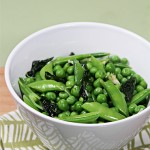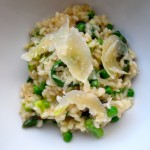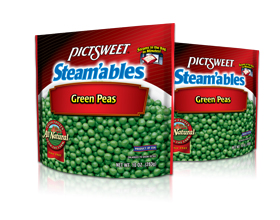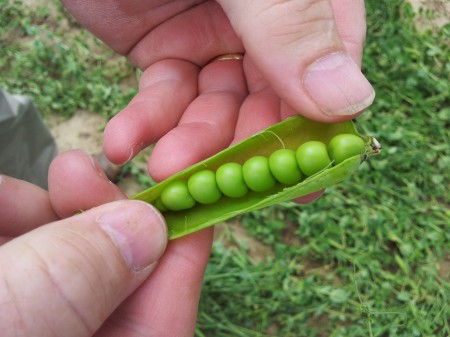

On a trip to Delaware in early June, I had the privilege of observing the process of harvesting and freezing peas with Delaware Department of Agriculture Secretary, Edwin Kee. We toured a pea farm near Milford and the PictSweet pea freezing and packing facility near Bridgeville. Mr. Kee explained that peas are a cool weather crop. They are planted in February/March and harvested in early June.
On this early June day, Delaware is abuzz at how amazing the pea yields are this year. Pictsweet tells us they are on track to harvest over five and half million pounds of peas in Delaware this spring. That’s right. 5.5 million pounds. They are pulling in peas at a rate of 3,500 lbs/acre. That’s the best pea yield in Delaware 10 years. The long, cool spring which featured a warmup in the middle hit it just right.
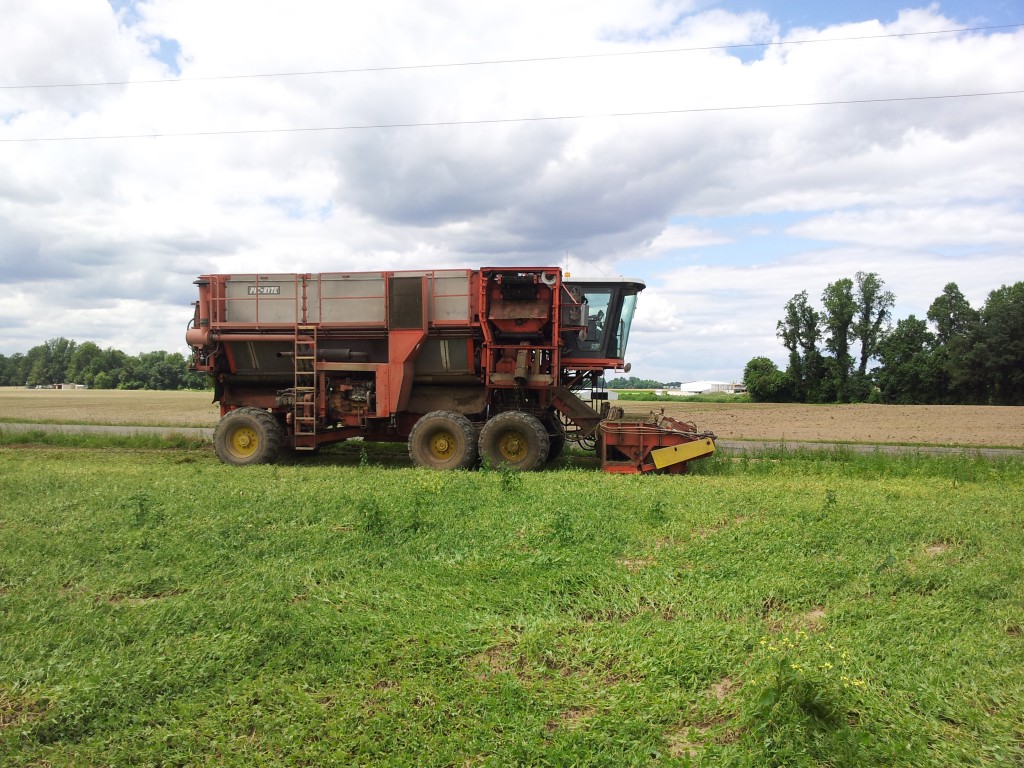
What do you do when you’re pulling 3,500 lbs of peas off of every acre? You quickly transport them to the freezing plant for sorting, grading, washing, washing, more sorting, more washing, blanching, flash freezing and storing. Peas typically move from field to frozen in 4-6 hours. Can you believe it? 4-6 hours. I’ve always heard that frozen is more fresh than fresh. Now I know what that means.
The equipment involved in moving millions of pounds of peas in just a short harvest window would blow your mind.
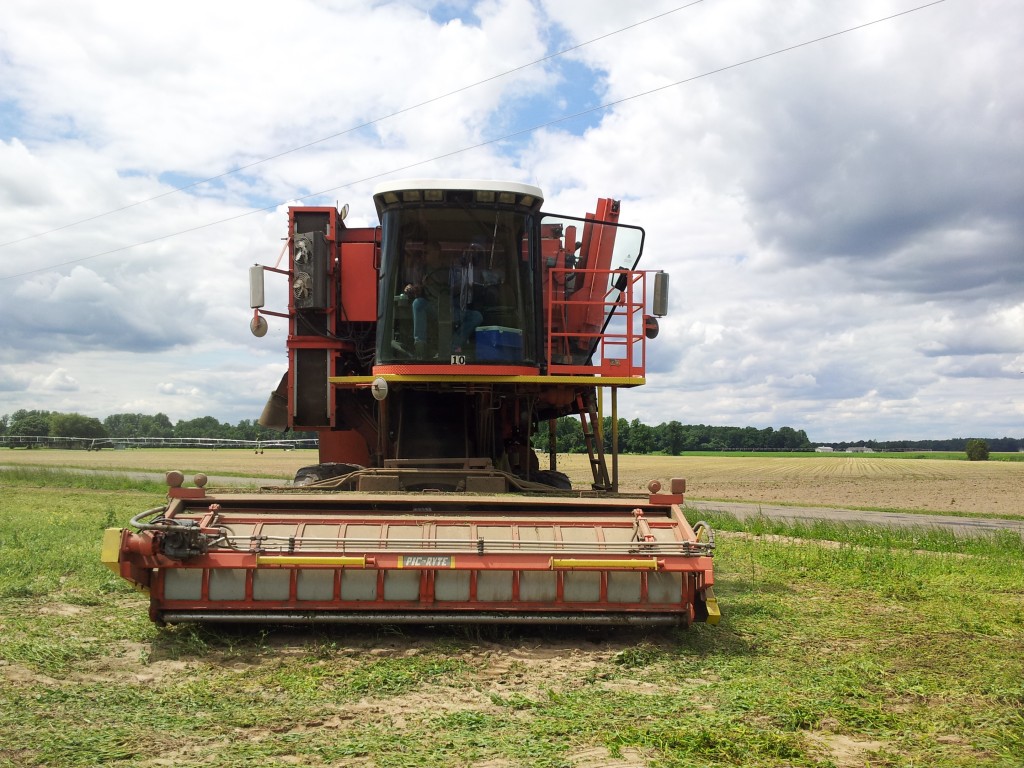
1) First there is the harvester. This machine can also operate as a lima bean harvester. Each one of these harvesters will set a farmer back about $400,000 and there were 3-4 of them working this field this afternoon. It doesn’t just pull the pea shoots up off of the floor of the field, it sucks them up, rotates them in a drum, beats on them at just the right pressure to make the peas pop out of their shells and diverts the shoots away from the peas to dispose of them on the ground. It preserves the shelled peas which are then transfered to a large dump truck headed for the processing plant.
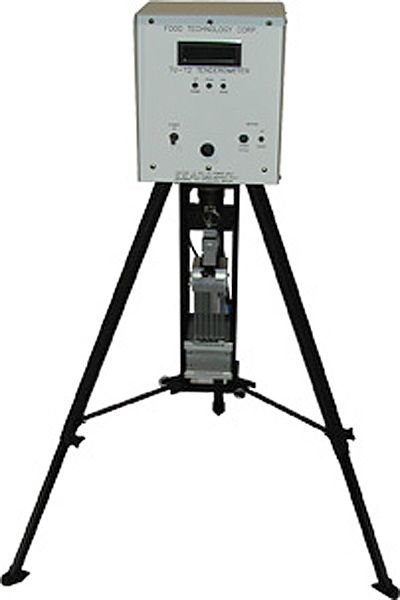
2) The next piece of equipment the pea encounters is the tenderometer. That’s right a tenderometer. Once the peas arrive at the plant, the size and tenderness of the peas are measured to determine their maturity and their value. The price paid to the farmer is decided here. In the grading room, one by one, a few shelled peas are put into a Tenderometer for measuring. Invented at the University of Maryland after World War II, the device literally measures how tender the peas are. Tender peas that are the right size get frozen. Starchier, stiffer peas might go to canning where they will hold up well during the canning process. Once the price is determined, the entire truckload gets dumped onto a conveyor belt outside the plant and the processing begins.

3) Up next: The sorting and washing starts on the pea processing line. I was not permitted to photograph this part of the tour, but the Pea Processing Line pictured above is for sale at a farm equipment website called http://alibaba.com. It resembles what I saw.
This line starts right at the outside of the building where the drucks drive in and dump their loads and then the line snakes through the building and continues to get more and more refined. Peas are moving a mile a minute along these conveyor belts and the machinery is loud. Employees where hair nets and protective equipment for their ears. Mr Kee explained that when he was a young graduate student, 30 years ago, working on improving the tenerometer, he would stop by the plant and their would be 75 people working the line. Now it takes only about 25 people. The machinery has replaced the need for humans to do any of the manual sorting of the peas.
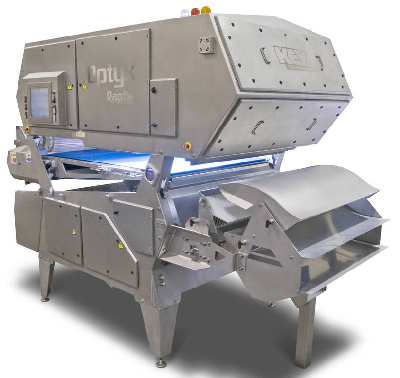
4) The next piece of hi-tech equipment on the line? The Optical Sorter. You won’t believe what this machine is capable of doing. Peas fly through this machine at incredibly high speeds. Peas that don’t deserve to make it into a PictSweet frozen bag of peas must be sorted out. In the early stages of the line, they are more crudely bumped out, sifted out or blown out, but once inside, the sorting must get more precise. This device takes an individual picture of every pea (there are billions going through in a day) and in the time it takes the pea to enter the scan area and get photographed, the machine is able to send a signal so that peas that are the wrong size or blemished in some way are blasted with a precise laserlike blast of air. That blast of air kicks that singular pea out while allowing the rest to pass through. Did you get that? Photo, signal, air blast, bad pea gone.
The rest zoom on their way through wash after wash, a quick steam bath at about 210˚F for 2-3 minutes, then more washing and finally flash freezing. At this plant the peas are put into large, 3ft. by 3ft. plastic lined cardboard boxes and stacked in a warehouse for storage. They aren’t put into the consumer size bags you see below at this plant. They wait until they are ready for distribution at retail grocery stores before packing them in the consumer sized bags.
The frozen pea storage warehouse reminded me of winery caves, because there were rows and rows of stored product that stretched into the distance. Each box is barcoded and the field of origin and date of processing are recorded.
Vegetables make up about 6% of Delaware Agricultural revenue. The highest portion of revenue comes from the Poultry Industry which makes up 74%. Vegetables grown for processing (freezing and canning) earn Delaware farmers about $28,000,000/year and use about 30,000 acres of land. Before canning, freezing, and distribution technology existed at scale, farmers had no incentive to grow more produce than their families could consume. It’s only through these distribution channels and preserving technologies that farmers could produce excess and earn a profit. The last ten years have brought consolidation in the industry and there are now only 4 vegetable processing companies left in Delaware. PictSweet is one and it processes more than just peas. A national company, they are sourcing product from Tennessee, California and elsewhere, but in Delaware, in addition to peas, they are processing lima beans, corn and green beans.
To learn more about the Pea Production in Delaware, I invite you to read this article published by the University of Delaware: Pea Production for Processing on Delmarva.
Some of my favorite Pea Recipes. Click on the photo to be redirected to the recipe.


